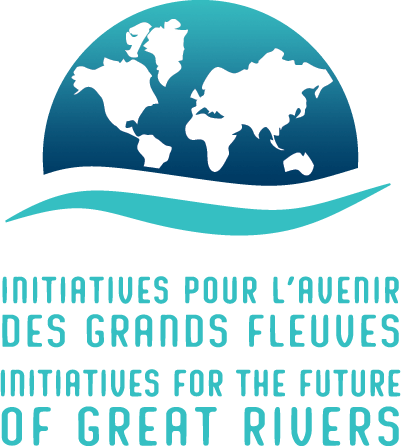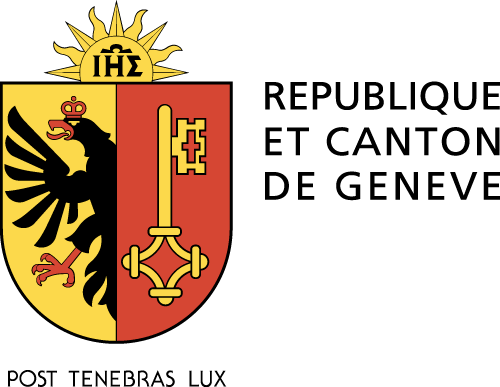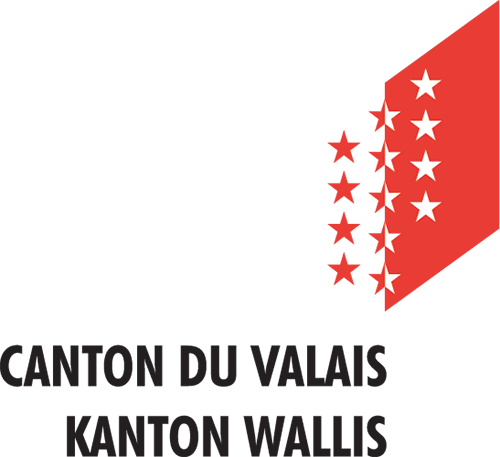CNR
Website +
The long history between CNR (Compagnie Nationale du Rhône) and the Rhone began in 1934, when the French government entrusted it with the concession to exploit the river in line with three missions for the community: develop the river to produce hydroelectricity, develop navigation and irrigate the agricultural land of the Rhone Valley. To fulfil these missions, CNR built 19 hydroelectric schemes, developed a wide gauge navigable waterway between Lyon and the Mediterranean along with 18 industrial and port sites, and it built 32 pumping stations for irrigation. CNR is now France’s leading producer of 100% renewable electricity.
For CNR, the Rhone is more like a raw material for industrial use: it is also a place of life, culture and leisure for the surrounding population. To harmonise all these uses, CNR has developed marinas and nautical leisure bases and supported the creation of the ViaRhôna, the cycle track that links Lake Geneva with the Mediterranean Sea. The Rhone is also and above all a natural element, the source of remarkable biodiversity that must be respected and preserved, especially since climate change is making water resources scarcer. Therefore, CNR has ecologically restored 77 oxbows, secondary reaches of the Rhone, built 65 fish passes to facilitate the circulation of fish, and more than 80 animal species benefit from the preservation actions CNR carries out in their habitats, to ensure that the Rhone, king of rivers, has a sustainable future.




